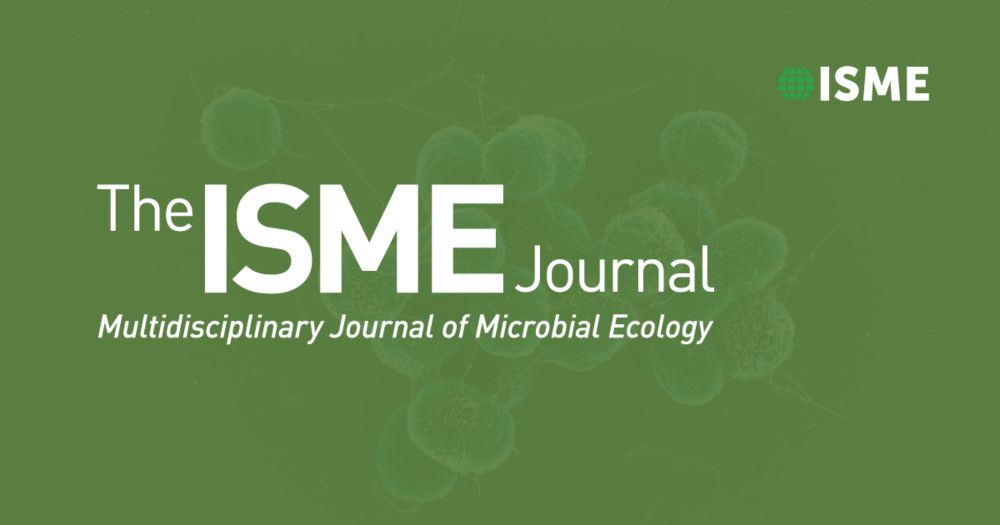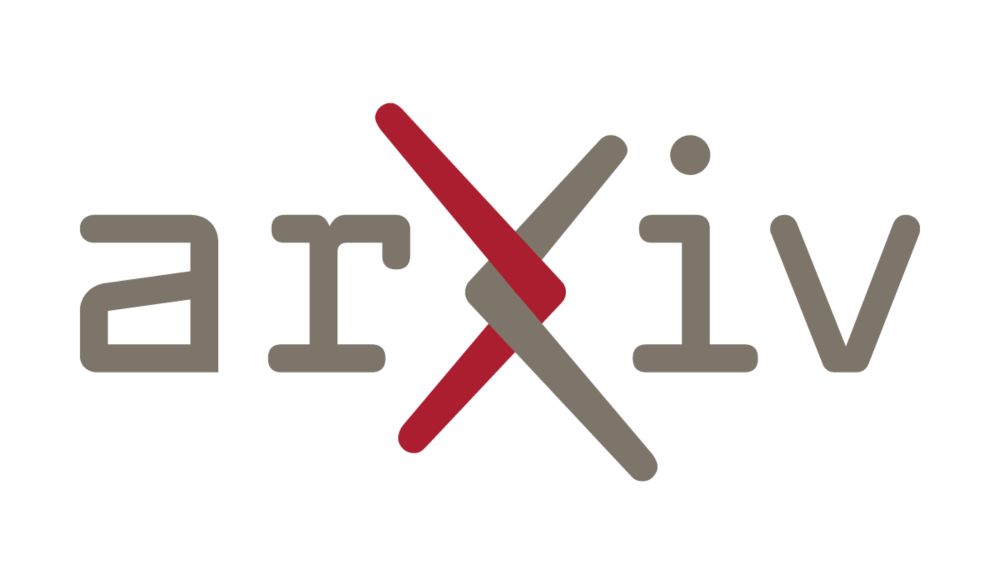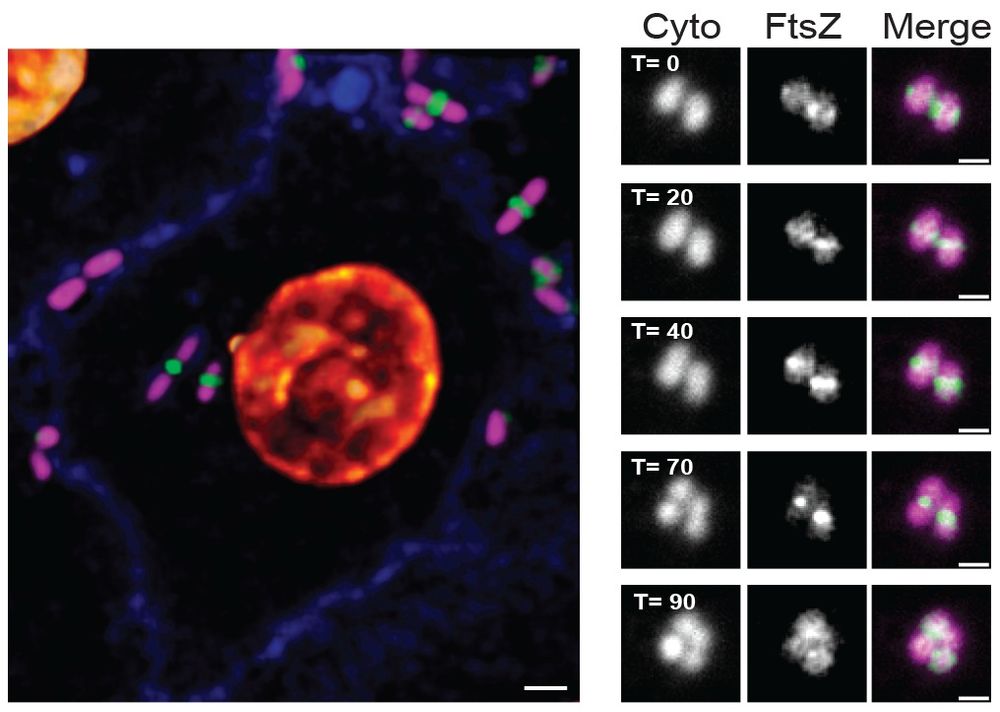Nonia Pariente
@npariente.bsky.social
3.7K followers
2.1K following
440 posts
Editor in Chief of the #NonProfit, #OpenAccess journal @plosbiology.org Former Chief Editor of Nature Microbiology.
#Virologist. #Feminist. #Spaniard in the UK. #Galician. #European always.
Views my own.
https://orcid.org/0000-0002-3666-5683
Posts
Media
Videos
Starter Packs
Pinned
Nonia Pariente
@npariente.bsky.social
· Nov 22
Reposted by Nonia Pariente
Reposted by Nonia Pariente
Reposted by Nonia Pariente
PLOS Biology
@plosbiology.org
· 13d

Ending publication bias: A values-based approach to surface null and negative results
Sharing knowledge is a fundamental principle within the scientific community, yet null and negative results are still being underreported. This Consensus View discusses the problem of such publication...
plos.io
Reposted by Nonia Pariente
Reposted by Nonia Pariente
Reposted by Nonia Pariente
Reposted by Nonia Pariente
EL PAÍS
@elpais.com
· 28d

Por primera vez, la obesidad supera al bajo peso como forma de malnutrición entre niños y adolescentes en el mundo, según Unicef
Un nuevo informe alerta del rápido aumento de la prevalencia de sobrepeso en países de ingresos bajos. Los comedores escolares, que han aumentado su cobertura, son una herramienta clave de prevención
social.elpais.com
Reposted by Nonia Pariente
Reposted by Nonia Pariente
Reposted by Nonia Pariente


















